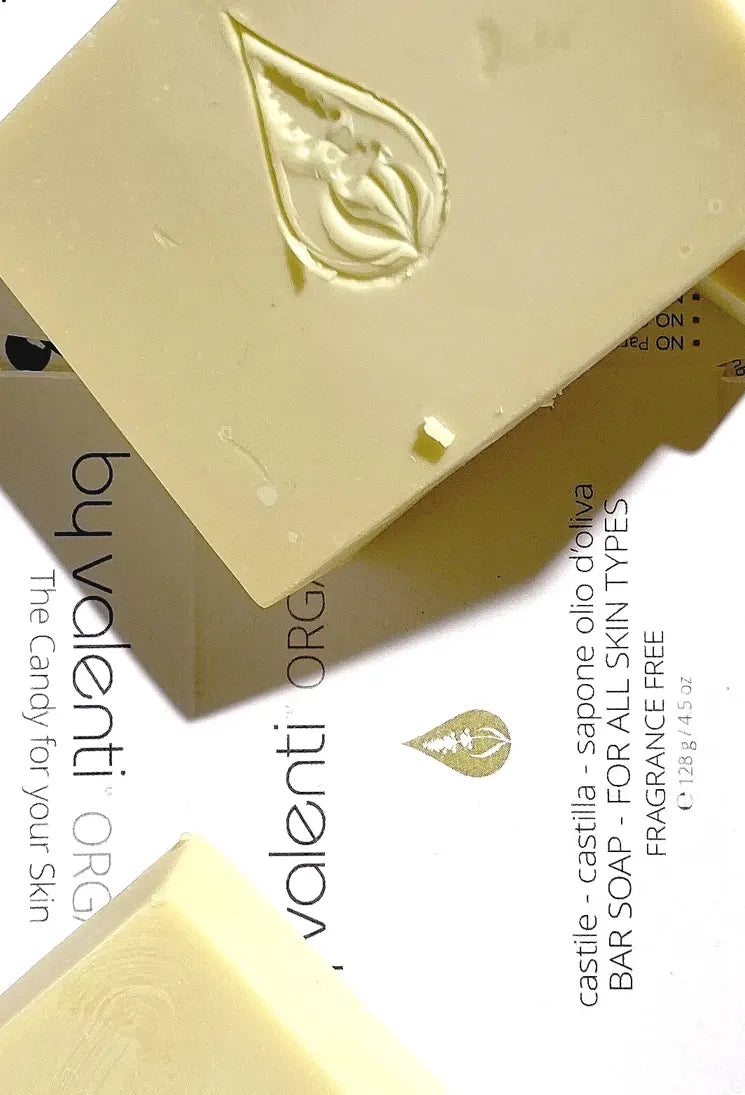La conexión bacteriana
Tradicionalmente, se ha considerado que la inflamación es la causa del acné. Se creía que el exceso de producción de sebo, combinado con células cutáneas muertas e inflamación, conducía a la formación de comedones, pápulas, pústulas y quistes característicos del acné.
Sin embargo, nuevas investigaciones han señalado la presencia de una bacteria específica llamada Propionibacterium acnes (P. acnes) como un factor importante en el desarrollo del acné.
P. acnes es una bacteria que se encuentra de forma natural en la superficie de la piel, en particular en los folículos pilosos y las glándulas sebáceas. En la mayoría de los casos, coexiste con la piel sin causar daño, pero en determinadas condiciones puede resultar problemática. Los estudios sugieren que los cambios en la composición de la microbiota cutánea y un crecimiento excesivo de P. acnes pueden contribuir a la formación del acné. Este crecimiento excesivo de bacterias conduce a la producción de diversos factores que contribuyen al desarrollo de comedones y a la respuesta inflamatoria asociada al acné.
El papel de la inflamación
Si bien la inflamación está indudablemente presente en la piel afectada por el acné, es esencial distinguir entre causa y efecto. Es más probable que la inflamación sea una respuesta secundaria a la presencia de un exceso de bacterias y la posterior liberación de subproductos bacterianos, en lugar de ser el desencadenante inicial del acné. A medida que P. acnes se multiplica dentro de los folículos pilosos, produce sustancias como ácidos grasos y lipasas. Estas sustancias pueden irritar el revestimiento folicular, lo que desencadena la respuesta del sistema inmunológico y da como resultado la inflamación.
Además, estudios recientes han puesto de relieve que incluso en casos en los que no hay inflamación, pueden formarse lesiones de acné. Esto sugiere que la inflamación no es el único factor determinante del desarrollo del acné. El componente bacteriano parece ser un factor más fundamental en la formación de comedones y otras lesiones de acné.
Implicaciones para el tratamiento
La comprensión cada vez mayor del acné como una enfermedad bacteriana en lugar de inflamatoria tiene implicaciones importantes para las estrategias de tratamiento. Históricamente, los tratamientos se han centrado principalmente en la inflamación para aliviar los síntomas, a menudo con distintos grados de éxito. Sin embargo, cambiar el enfoque hacia el control del aspecto bacteriano podría abrir nuevas vías para tratamientos más eficaces.
Los antibióticos, tanto tópicos como orales, se han utilizado para tratar la P. acnes en los casos más extremos. Sin embargo, las preocupaciones sobre la resistencia a los antibióticos y la posible alteración de la microbiota natural de la piel han llevado a los investigadores a explorar enfoques alternativos. Se están investigando tratamientos más nuevos, como los que incluyen probióticos y bacteriófagos (virus que atacan a las bacterias), para atacar y controlar selectivamente la P. acnes sin causar una alteración generalizada del ecosistema de la piel.
Al igual que con cualquier posible contaminación bacteriana de la piel, mantener la piel limpia siguiendo una buena rutina de cuidado de la piel desde una edad temprana, especialmente al comienzo de la pubertad, es clave para reducir las bacterias que causan el acné y producen acné severo en la mayoría de los individuos jóvenes.
El acné no debería clasificarse como una enfermedad inflamatoria. La inflamación es el resultado de una infección bacteriana y no su causa. En cambio, el enfoque debería centrarse en reconocer el papel crucial que desempeña la bacteria P. acnes en su desarrollo. La inflamación, aunque esté presente, es más probable que sea un subproducto del crecimiento excesivo de bacterias dentro de los folículos pilosos que el instigador principal del acné.
Este cambio de perspectiva abre oportunidades interesantes para el desarrollo de nuevos tratamientos que aborden el aspecto bacteriano del acné de forma más directa. A medida que sigamos mejorando nuestro conocimiento sobre el acné, podemos esperar soluciones más eficaces y específicas que aborden la causa raíz de la afección, lo que en última instancia dará como resultado una piel más clara y saludable para las personas afectadas por el acné.




